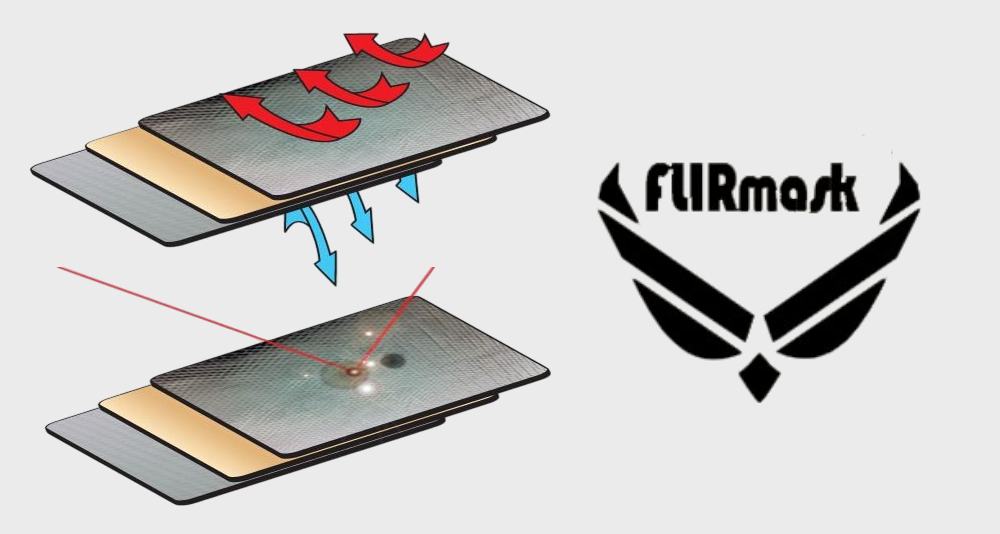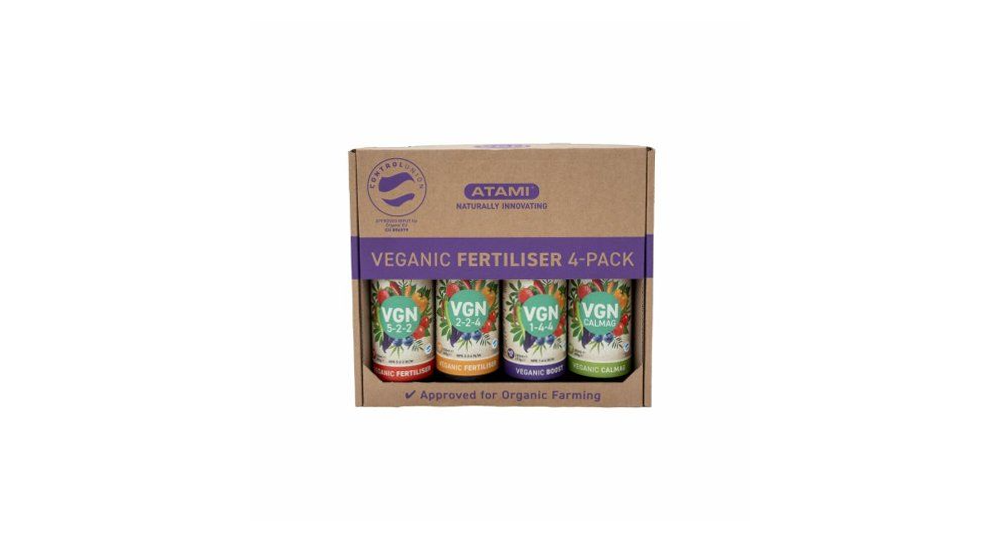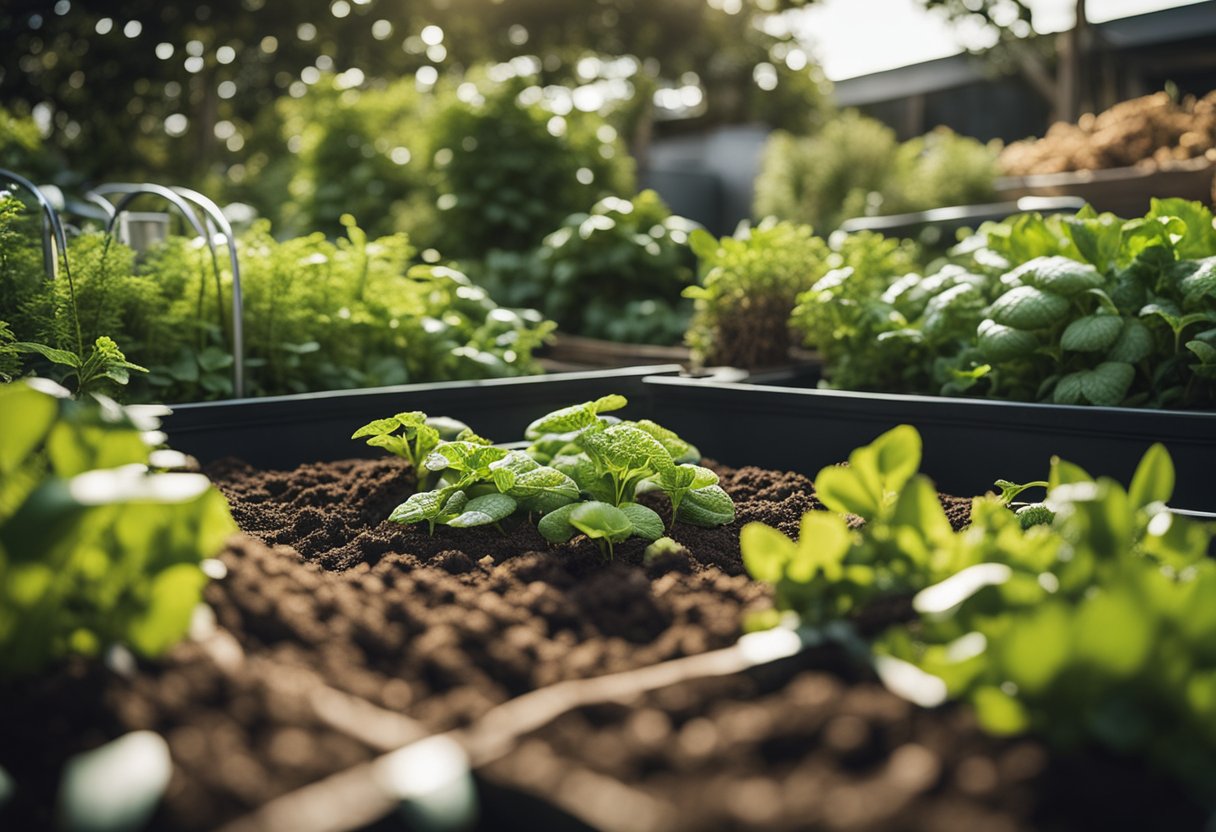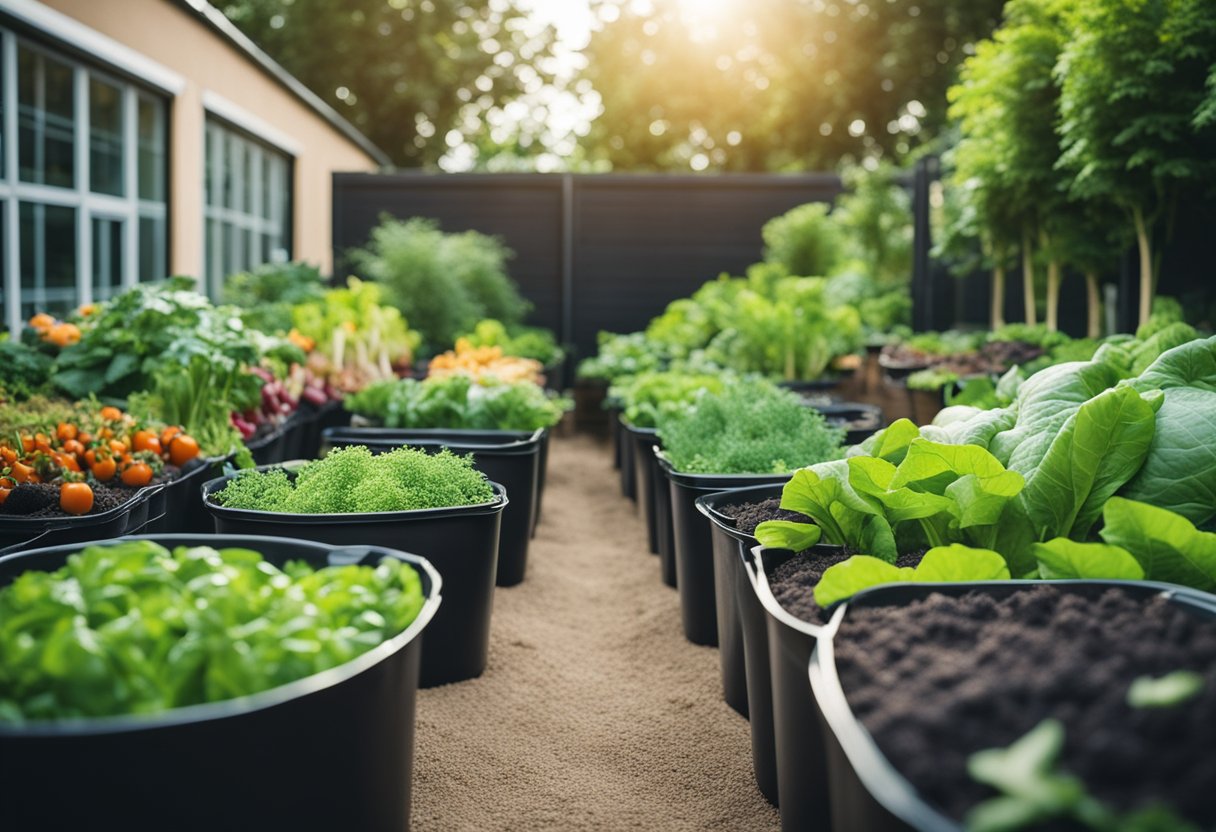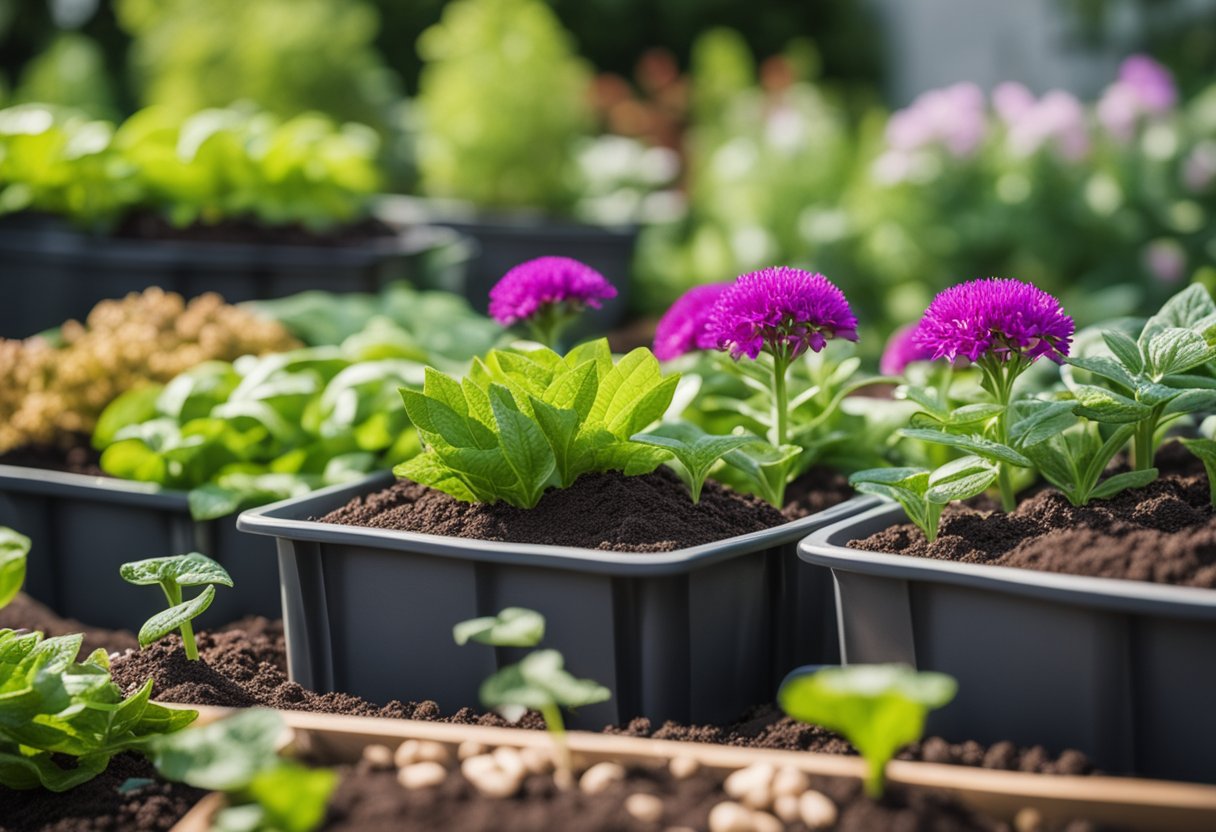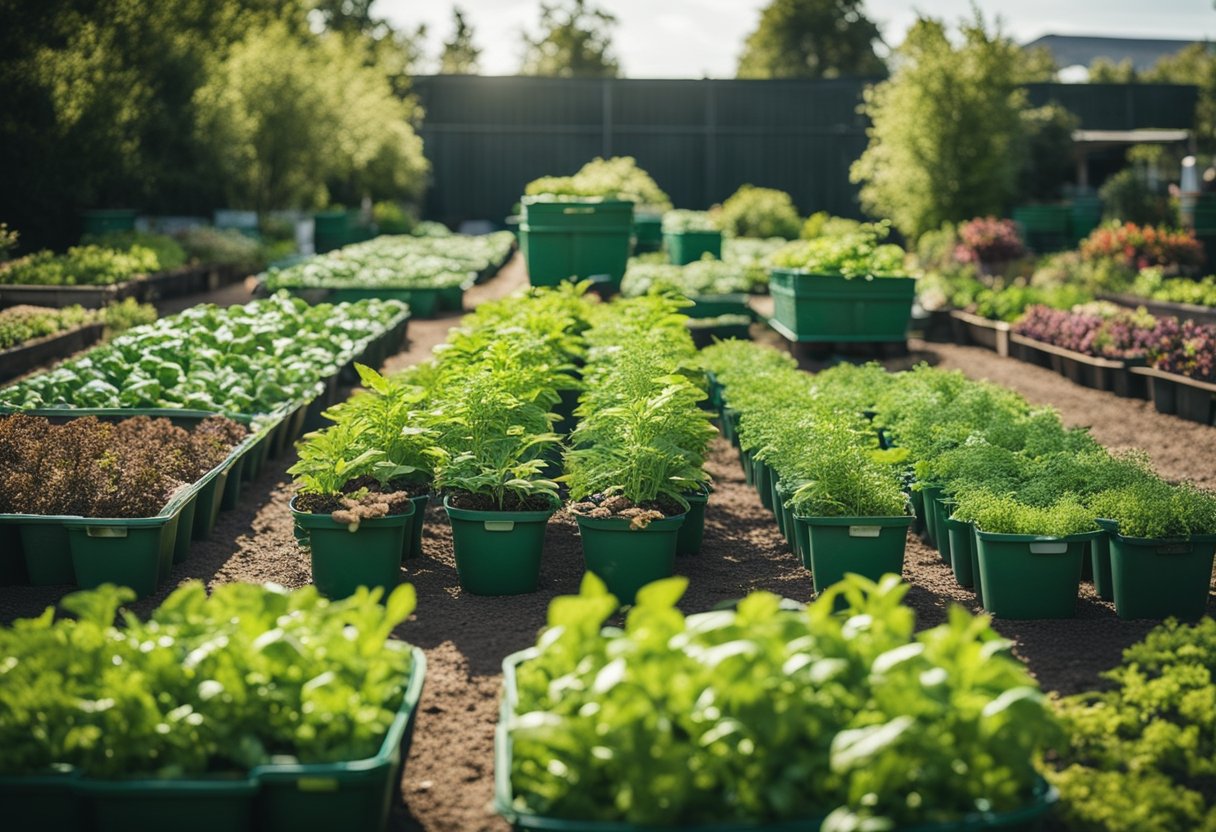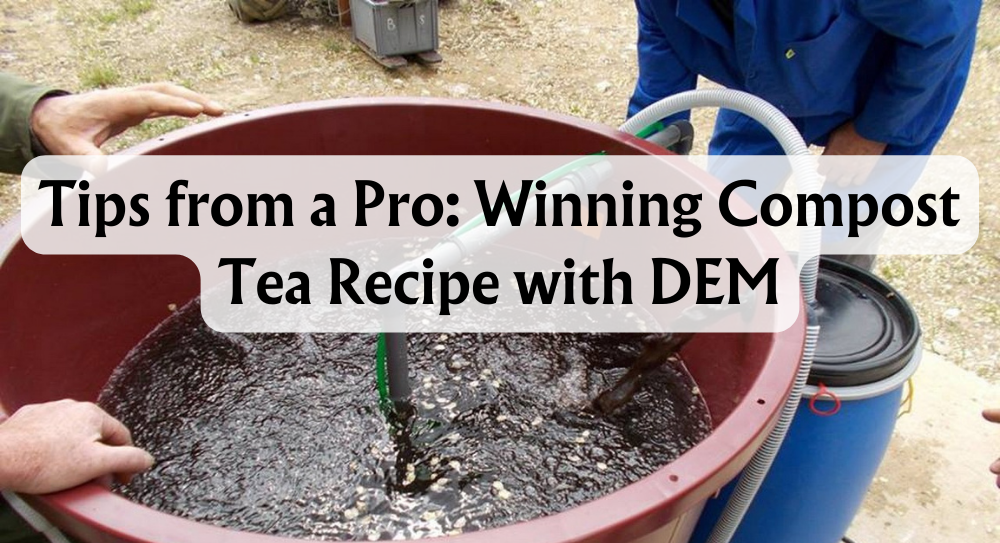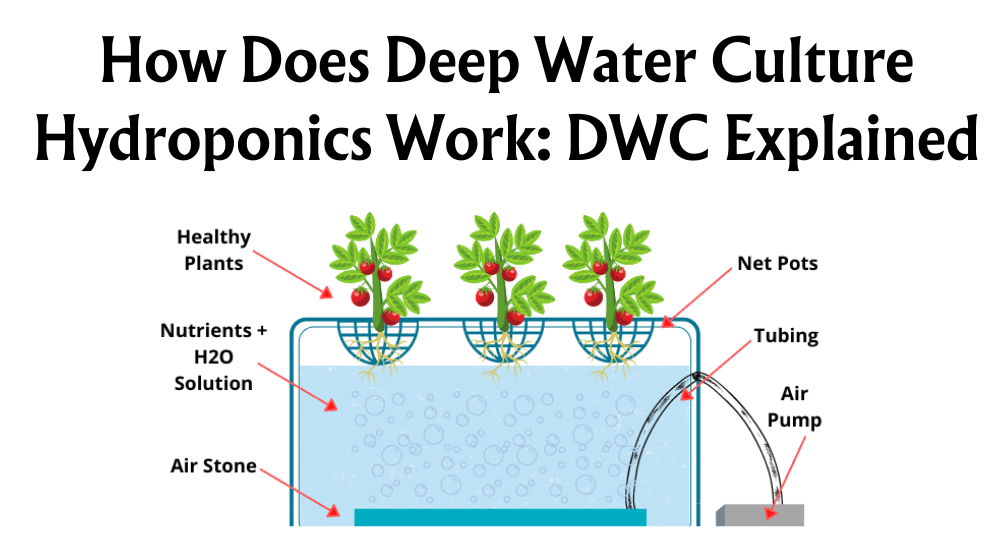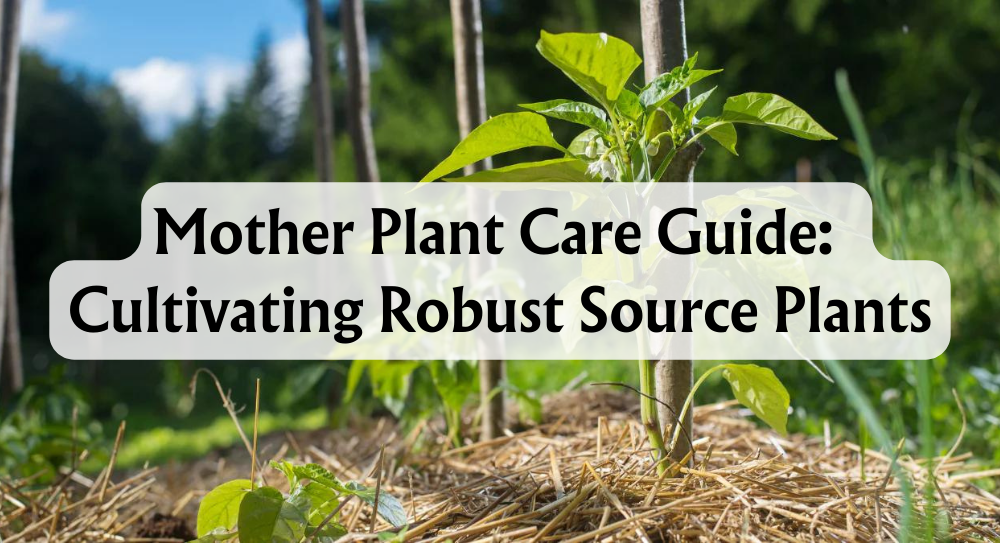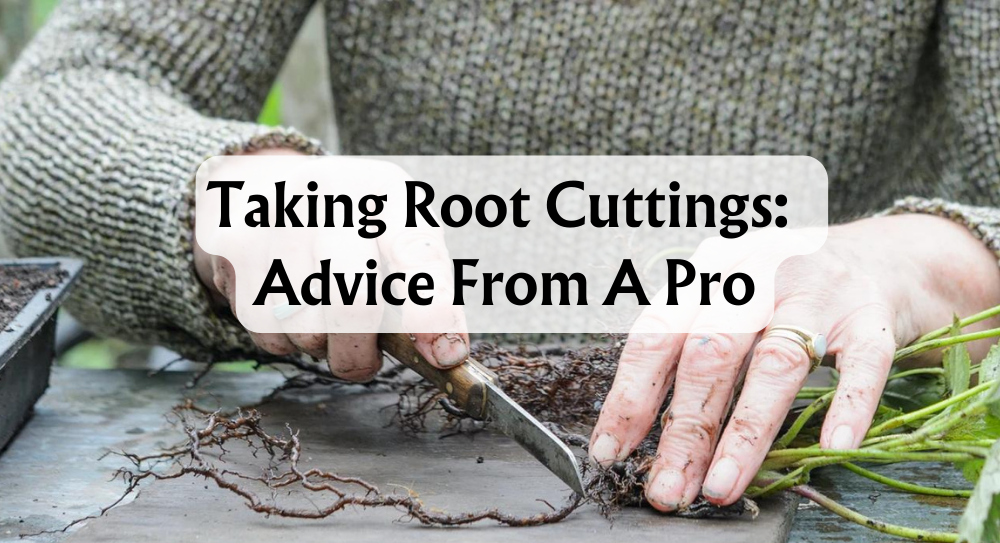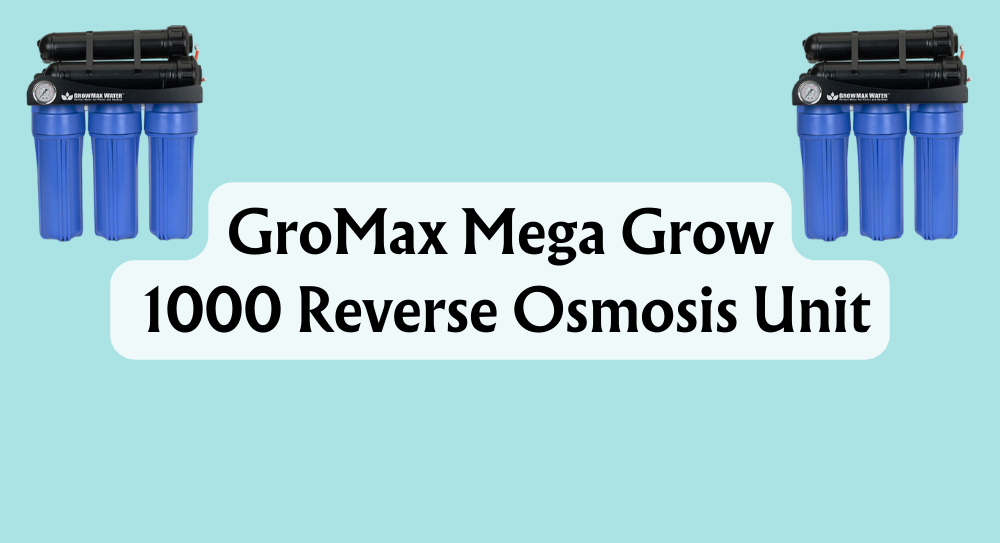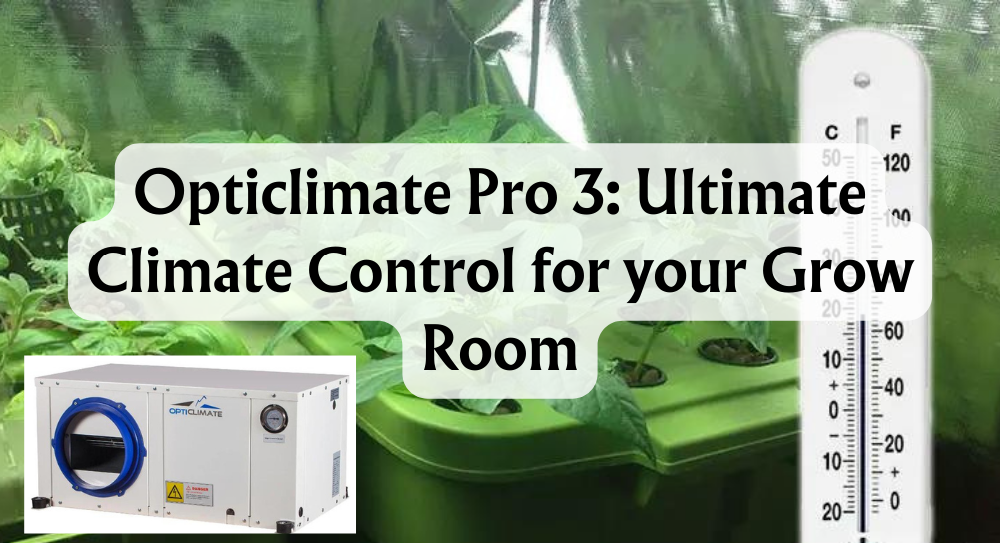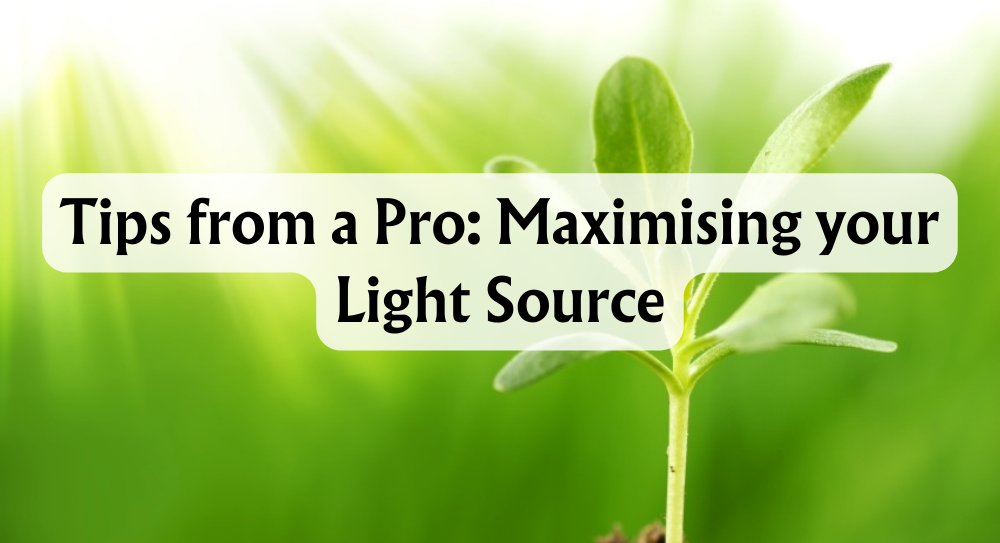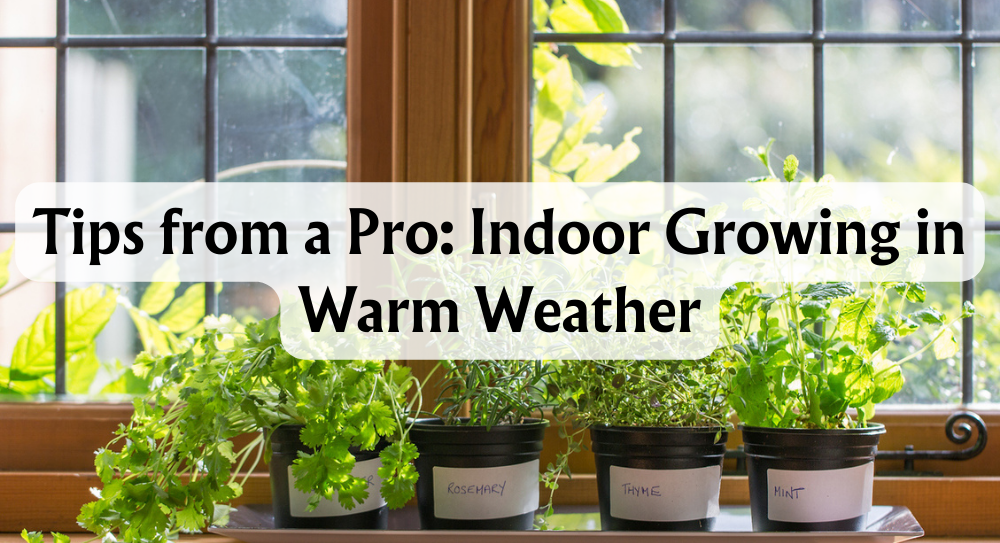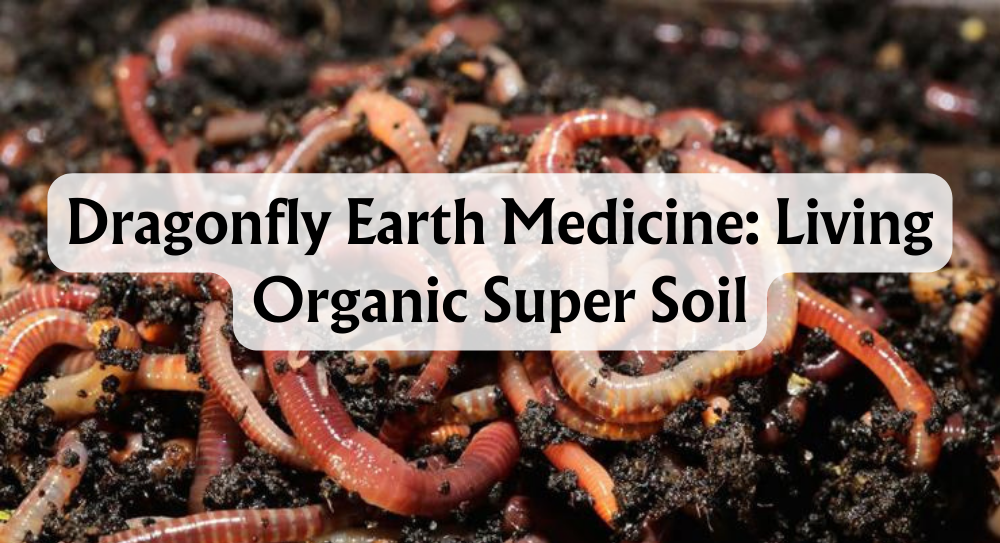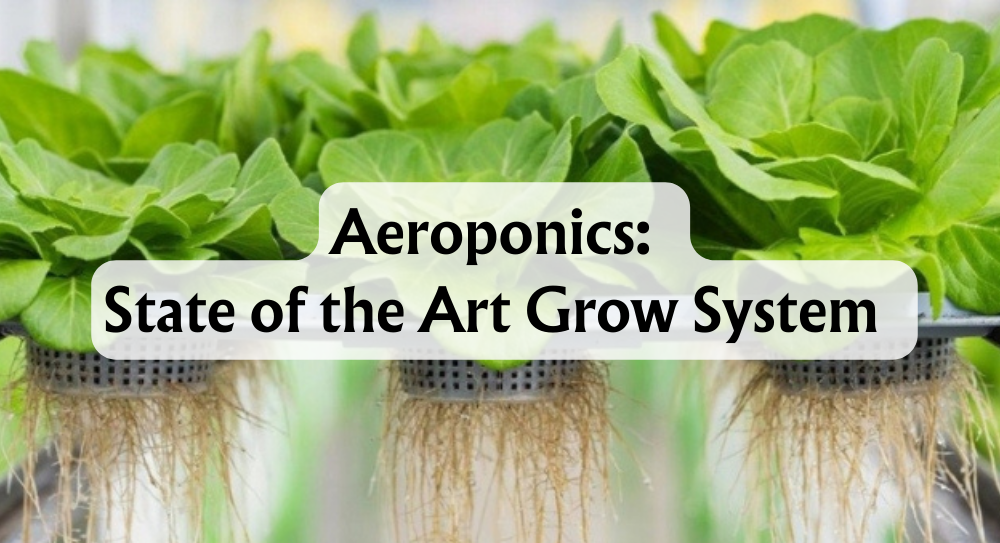Have you ever wondered how we could improve the efficiency of growing crops while boosting energy savings? That's where FLIRmask Reflective Sheeting comes in. As an incredibly innovative material, FLIRmask utilises an aluminium laminate to reflect almost all light and heat back towards the crop area, addressing concerns over thermal radiation and energy leakage. Our trials have even shown its superiority over current market-leading foils and PET films.
This reflective sheeting isn't just for horticultural enthusiasts. The same technology makes FLIRmask an appealing choice for military applications, providing exceptional thermal shielding capabilities. Whether it's for hydroponics or covert missions, FLIRmask bridges cutting-edge technology with practical real-world applications.
For those in search of a multipurpose solution loaded with innovative features, FLIRmask sets a new standard. The remarkable blackout ability during thermal reflection testing offers unique benefits that, until now, were unheard of. From reducing energy consumption to enhancing yield, this is a must-have for anyone serious about technological advancements in their field.
What Is FLIRmask Reflective Sheeting
FLIRmask Reflective Sheeting is an innovative material engineered to provide exceptional thermal radiation reflection. It's ideal for use in various fields, including military applications and horticulture. The sheeting is crafted with a 98% aluminium laminate layer, enabling efficient light and heat reflection.
In hydroponics, FLIRmask serves as a perfect grow film. By reflecting light and heat back towards crop areas, it significantly enhances crop yield and energy efficiency. Energy leakage is minimised, leading to considerable savings.
For the military, FLIRmask acts as an anti-detection foil. It excels in thermal and infrared shielding, making it a critical component for camouflaging installations. The material provides a complete blackout in thermal reflection tests, ensuring its effectiveness.
A notable feature of FLIRmask is its dual functionality. One side prioritises thermal reflection, perfect for retaining heat within an area. The opposite side functions as a heat deflector. It's useful when maintaining specific temperatures by keeping a building cool.
FLIRmask technology is groundbreaking, offering unmatched thermal and infrared shielding. These properties make it a versatile solution for diverse sectors, from horticultural uses to critical thermal radar applications. Its adaptability highlights the advanced engineering behind this material.
Key Features
- Durability: It is designed for longevity and withstands different weather conditions. It's mould resistant, making it ideal for spaces prone to moisture.
- Insulation Capacity: FLIRmask reflects 70-80% of thermally radiated heat back into the ambient environment, enhancing energy efficiency.
- Reflective Power: The outer layer is 98% aluminium, making it exceptionally super reflective. This feature helps in maximum light distribution, especially useful in hydroponic setups.
- Thermal Shielding: This sheeting provides unique thermal insulation, creating an effective barrier against heat loss.
- Hydroponic Grow Film: With its high reflectance, FLIRmask significantly improves crop yield by directing light and heat back to the plants.
The Benefits
FLIRmask Reflective Sheeting offers numerous advantages to us, especially in the field of horticulture. One primary benefit is its ability to maximise light spread within a grow room. By reflecting nearly all light spectrums, it significantly boosts plant and crop yields. This is crucial for achieving optimal growth.


In terms of energy efficiency, FLIRmask stands out. By insulating heat within a space, it not only improves energy retention but also protects structures like greenhouses from potential heat loss. Our energy expenditures decrease while our signature management enhances, as less heat escapes into the environment.
The sheeting's anti-detection capabilities are noteworthy too. It effectively minimises energy leakage, making it an ideal choice for those concerned with minimising thermal visibility. This quality is particularly useful in scenarios where stealth and privacy are of essence.
Durability is another compelling reason to consider FLIRmask. Being tough and reusable, it withstands wear and tear over time. Furthermore, its water-tight properties make it perfect for handling humid environments or areas prone to water and chemical spills. We can rest easy knowing our crops and equipment are shielded from moisture-related issues.
FLIRmask also demonstrates excellent resistance to mould and algae, helping us maintain a cleaner, healthier grow room. Should electrical equipment malfunction or combust, FLIRmask provides a critical layer of protection, preventing potential disaster. This multifaceted solution certainly boosts our confidence and functionality within any horticultural setting.
The Data
Let's dive into the impressive stats and features of FLIRmask Reflective Sheeting. We're talking about a material that's truly one of a kind with a temperature resistance reaching up to 500°C and a melting point of over 650°C. This makes it highly resilient to extreme conditions.
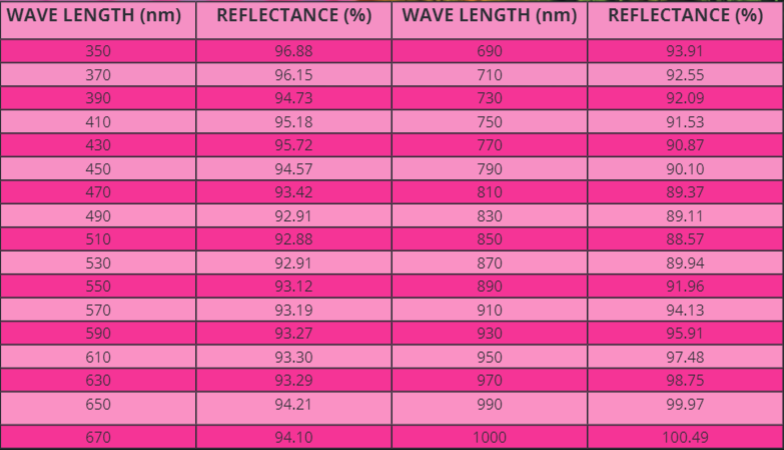
Fluid and chemical resistance provides an added layer of durability. The sheeting is crafted to offer an unmatched level of thermal insulation and minimal heat transfer dynamics, which means it effectively shields against temperature changes.
Mould and algae resistance makes maintenance a breeze. It's also washable, meaning keeping it clean doesn’t require much effort. Its design ensures that it’s easy to cut and form, without any fraying or distortion.
This sheeting is extremely durable, resisting both punctures and tears with remarkable tear strength of 1000 N in warp and 510 N in weft. Plus, it provides 100% light insulation, making it highly effective in applications where blackout conditions are essential.
Take a look at the physical properties:
- Weight: 300 ± 10% GSM
- Thickness: 0.22 mm ± 0.01
- Emissivity: 0.1
The Mullen Burst test highlights its durability further, boasting a pressure of 2.34 MPA. Heat ageing tests also confirm its reliability, showing no delamination, discolouration, warping, or significant shrinkage after 30 minutes at 150°C. These characteristics make FLIRmask Reflective Sheeting stand out in both military and horticultural applications.
How Does It Work
FLIRmask Reflective Sheeting incorporates both a reflective and an insulating layer. The outer layer is made of nearly 100% aluminium, which is extremely effective in reflecting light and heat energy. This combination with the inner woven layer of E-glass allows it to act as both a heat sink and an insulation material.
Our tests in laboratory settings, at temperatures up to 500⁰C, show that FLIRmask keeps the object’s temperature consistent with the ambient environment. This masking effect makes protected objects invisible to forward-looking infrared detection systems.
Wondering how this works in practice? By covering vehicles, bunker sites, or equipment, FLIRmask ensures that emitted heat signals are absorbed or reflected back. As a result, the infrared signals and thermal outlines that detect the presence of objects are completely eliminated, making them undetectable.
This material's unique properties provide an effective shield against infrared detection devices. Whether used for military or agricultural purposes, its heat shielding abilities ensure efficient protection. With FLIRmask, the presence of your equipment remains discreet and secure, blending seamlessly into its surroundings.
Outstanding Testing
We were thrilled to see the comprehensive testing conducted on FLIRmask Reflective Sheeting. The thermal reflection testing was particularly revealing, highlighting the material's ability to withstand extreme temperatures.
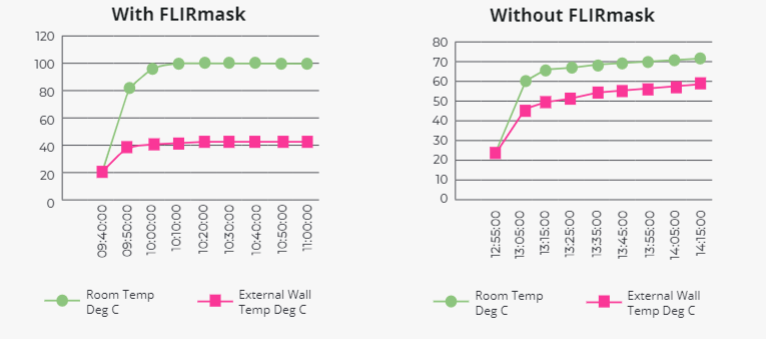
In one trial, a 30mm steel mandrel was positioned 80mm from a 635-degree Celsius heat source. The mandrel, when covered with FLIRmask, demonstrated remarkable thermal shielding capabilities.
The results showed that FLIRmask provides exceptional resistance not only to heat but also to infrared detection. This was evident as the sheeting maintained efficacy even in high-temperature environments.
Additionally, our trials indicate that FLIRmask stands out against other leading materials, like foils and PET films. It effectively minimises energy leakage and enhances yield in hydroponic systems.
Beyond these tests, the durability of FLIRmask is noteworthy. It successfully resists chemical exposure, adding to its versatility and reliability in various applications.
These findings make FLIRmask a go-to solution for thermal and infrared shielding needs, combining both practicality and efficiency.
Conclusion
We've explored the qualities that make FLIRmask Reflective Sheeting an intriguing choice for thermal management. Its use in military and horticultural fields provides vast benefits.
The standout feature is its 98% aluminium laminate layer, which reflects both light and heat efficiently. This helps growers by retaining energy and optimising growth conditions, making it particularly valuable for hydroponic systems.
Rigorous tests have indicated that FLIRmask surpasses many competitors in thermal reflection and shielding. The sheeting is not only effective but also user-friendly with its lightweight and thin profile.
Furthermore, its durability should be commended. Being fire and flame retardant, it offers resistance up to an impressive 500°C. This combination of features makes FLIRmask versatile across different applications.
We should also mention the practical design, as its installation is straightforward due to the material's flexibility. The FLIRmask truly shines as a thermal and infrared shielding solution with its comprehensive and user-friendly characteristics.







 Store Locator
Store Locator
